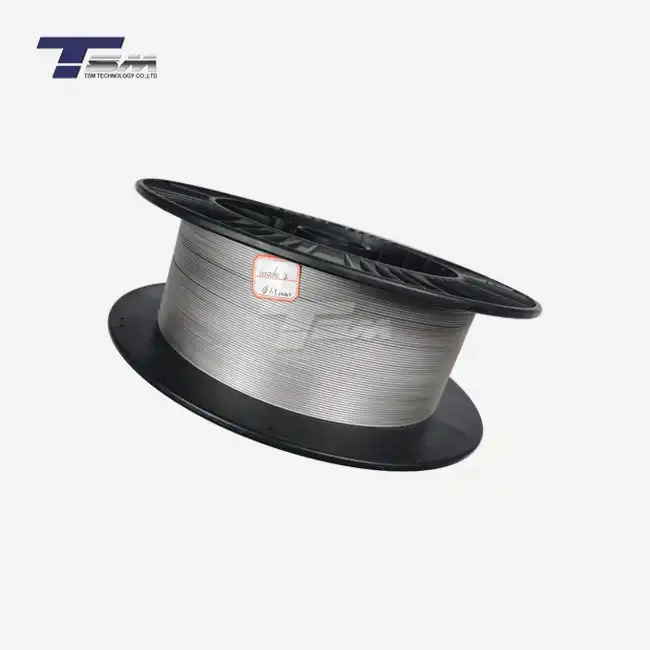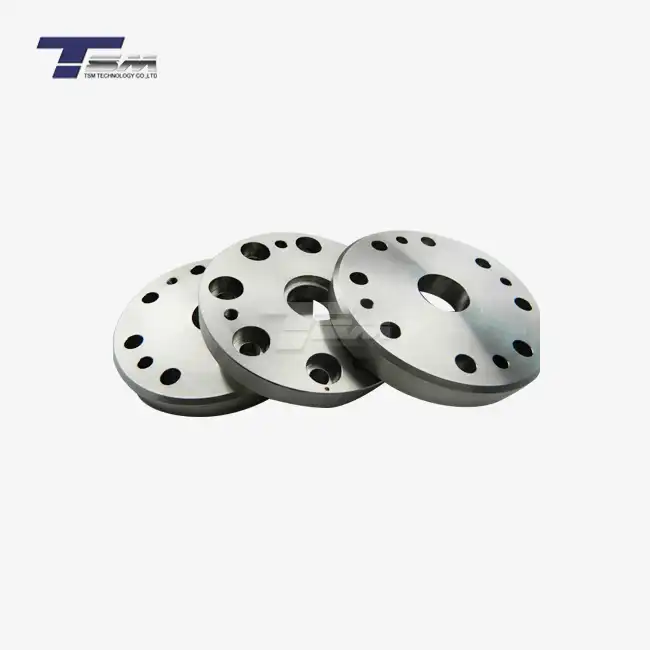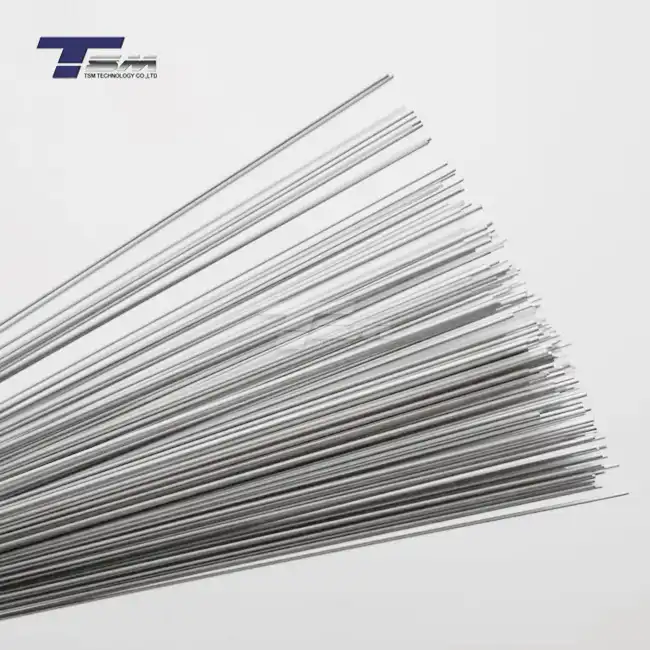- English
- French
- German
- Portuguese
- Spanish
- Russian
- Japanese
- Korean
- Arabic
- Greek
- German
- Turkish
- Italian
- Danish
- Romanian
- Indonesian
- Czech
- Afrikaans
- Swedish
- Polish
- Basque
- Catalan
- Esperanto
- Hindi
- Lao
- Albanian
- Amharic
- Armenian
- Azerbaijani
- Belarusian
- Bengali
- Bosnian
- Bulgarian
- Cebuano
- Chichewa
- Corsican
- Croatian
- Dutch
- Estonian
- Filipino
- Finnish
- Frisian
- Galician
- Georgian
- Gujarati
- Haitian
- Hausa
- Hawaiian
- Hebrew
- Hmong
- Hungarian
- Icelandic
- Igbo
- Javanese
- Kannada
- Kazakh
- Khmer
- Kurdish
- Kyrgyz
- Latin
- Latvian
- Lithuanian
- Luxembou..
- Macedonian
- Malagasy
- Malay
- Malayalam
- Maltese
- Maori
- Marathi
- Mongolian
- Burmese
- Nepali
- Norwegian
- Pashto
- Persian
- Punjabi
- Serbian
- Sesotho
- Sinhala
- Slovak
- Slovenian
- Somali
- Samoan
- Scots Gaelic
- Shona
- Sindhi
- Sundanese
- Swahili
- Tajik
- Tamil
- Telugu
- Thai
- Ukrainian
- Urdu
- Uzbek
- Vietnamese
- Welsh
- Xhosa
- Yiddish
- Yoruba
- Zulu
What Are the Properties of Nickel Alloy Sheet?
Nickel alloy sheets are renowned for their exceptional combination of properties, making them indispensable in various high-performance applications. These versatile materials exhibit remarkable corrosion resistance, high-temperature strength, and excellent mechanical properties. Nickel alloy sheets, including the popular Nickel 200 sheet, demonstrate superior resistance to oxidation, carburization, and chloride stress corrosion cracking. Their ability to maintain structural integrity and performance under extreme conditions, coupled with their malleability and weldability, makes nickel alloy sheets ideal for use in aerospace, chemical processing, and marine environments. The unique properties of nickel alloy sheets stem from their carefully engineered compositions, which typically include elements like chromium, molybdenum, and cobalt, enhancing their already impressive characteristics.
Mechanical and Physical Properties of Nickel Alloy Sheets
Strength and Durability
Nickel alloy sheets boast exceptional strength-to-weight ratios, making them ideal for applications where high performance and lightweight design are crucial. The tensile strength of these alloys can range from 450 MPa to over 1,000 MPa, depending on the specific composition and processing. This remarkable strength is maintained even at elevated temperatures, with some nickel alloys retaining their mechanical properties at temperatures exceeding 1000°C. The yield strength of nickel alloy sheets also remains impressive across a wide temperature range, contributing to their reliability in demanding environments.

Thermal Properties
The thermal characteristics of nickel alloy sheets are equally impressive. With melting points typically ranging from 1300°C to 1400°C, these materials exhibit excellent high-temperature stability. Their thermal expansion coefficients are generally lower than those of many other metals, which contributes to their dimensional stability during temperature fluctuations. This property is particularly valuable in applications where precision and consistent performance are paramount, such as in gas turbine engines or heat exchangers.
Electrical and Magnetic Properties
Nickel alloy sheets possess unique electrical and magnetic properties that set them apart from other materials. While pure nickel is ferromagnetic, many nickel alloys are designed to be non-magnetic or have specific magnetic permeability characteristics. The electrical resistivity of nickel alloys is typically higher than that of pure metals, which can be advantageous in certain electrical applications. Some nickel alloys, like those used in thermocouple wires, exhibit stable thermoelectric properties over wide temperature ranges, making them invaluable in temperature measurement and control systems.
Corrosion Resistance and Chemical Properties of Nickel Alloy Sheets
Oxidation Resistance
One of the standout features of nickel alloy sheets is their exceptional resistance to oxidation, particularly at high temperatures. This property is attributed to the formation of a tenacious, adherent oxide layer on the surface of the alloy. This protective layer acts as a barrier, preventing further oxidation of the underlying metal. Nickel 200 sheet, for instance, demonstrates excellent resistance to oxidation in air at temperatures up to 800°C. In more aggressive environments, specialized nickel alloys containing chromium and aluminum can form even more protective oxide scales, extending their usability to temperatures exceeding 1000°C.
Resistance to Aggressive Chemicals
Nickel alloy sheets exhibit remarkable resistance to a wide range of corrosive media. They perform exceptionally well in both reducing and oxidizing environments, making them suitable for use in diverse chemical processing applications. For example, nickel alloys containing high levels of molybdenum show excellent resistance to hydrochloric acid, while those with added chromium perform well in oxidizing acids like nitric acid. This versatility in chemical resistance allows engineers to select specific nickel alloys tailored to the corrosive challenges of their particular application, whether it's in the petrochemical industry, pharmaceutical manufacturing, or marine environments.
Stress Corrosion Cracking Resistance
Stress corrosion cracking (SCC) is a significant concern in many industrial applications, but nickel alloy sheets offer superior resistance to this form of degradation. Alloys like Inconel and Hastelloy are specifically designed to withstand SCC in chloride-containing environments, which are notorious for causing rapid failure in many other materials. This resistance to SCC is particularly valuable in applications such as offshore oil and gas production, desalination plants, and chemical processing facilities, where the combination of stress and corrosive media can be particularly challenging.
Applications and Processing of Nickel Alloy Sheets
Aerospace and Gas Turbine Applications
The aerospace industry heavily relies on nickel alloy sheets for their exceptional combination of high-temperature strength, corrosion resistance, and fatigue properties. These materials are used in critical components of jet engines, including combustion chambers, turbine blades, and exhaust systems. The ability of nickel alloys to maintain their mechanical properties at extreme temperatures makes them indispensable in these applications, where failure could have catastrophic consequences. Additionally, nickel alloy sheets find use in spacecraft components, where their resistance to oxidation in the upper atmosphere and space environment is crucial.
Chemical and Petrochemical Processing
In the chemical and petrochemical industries, nickel alloy sheets are prized for their ability to withstand aggressive chemical environments. They are used in the construction of reactors, heat exchangers, and piping systems that handle corrosive fluids at high temperatures and pressures. Nickel 200 sheet, with its excellent resistance to caustic environments, is often used in the production of sodium hydroxide and other alkaline compounds. Other nickel alloys, tailored for specific chemical resistances, are employed in processes involving organic and inorganic acids, chlorine, and other reactive chemicals.
Fabrication and Welding Considerations
While nickel alloy sheets offer superior properties, they require careful consideration during fabrication and welding processes. These materials can harden rapidly, necessitating frequent annealing during forming operations. Specialized welding techniques and filler materials are often required to maintain the corrosion resistance and mechanical properties of the base metal in welded joints. Advanced forming techniques, such as superplastic forming, can be employed for complex shapes, taking advantage of the excellent ductility of certain nickel alloys at elevated temperatures. Despite these challenges, the versatility of nickel alloy sheets in terms of formability and joinability contributes significantly to their widespread use across various industries.
Conclusion
Nickel alloy sheets, including the versatile Nickel 200 sheet, represent a pinnacle of metallurgical engineering, offering an unparalleled combination of mechanical strength, corrosion resistance, and high-temperature performance. Their unique properties make them indispensable in critical applications across the aerospace, chemical processing, and energy sectors. As industries continue to push the boundaries of material performance, nickel alloys remain at the forefront, continuously evolving to meet new challenges. The ongoing research and development in this field promise even more advanced nickel alloy sheets in the future, further expanding their applications and cementing their status as essential materials in modern engineering and technology.
Contact Us
For more information about our superior nickel alloy products, including Nickel 200 sheets and other specialized alloys, please contact us at info@tsm-technology.com. Our team of experts is ready to assist you in finding the perfect nickel alloy solution for your specific needs.
References
Davis, J.R. (Ed.). (2000). Nickel, Cobalt, and Their Alloys. ASM International.
Donachie, M.J., & Donachie, S.J. (2002). Superalloys: A Technical Guide. ASM International.
Rebak, R.B., & Crook, P. (2008). Nickel Alloys for Corrosive Environments. Advanced Materials & Processes, 166(4), 34-37.
Stoloff, N.S. (1990). Wrought and P/M Superalloys. In ASM Handbook, Volume 1: Properties and Selection: Irons, Steels, and High-Performance Alloys (pp. 950-980). ASM International.
Tawancy, H.M., Ul-Hamid, A., & Abbas, N.M. (2004). Practical Engineering Failure Analysis. CRC Press.
Yin, H., & Whittaker, M.T. (2019). Nickel-Based Superalloy for Turbine Disc Applications. Advances in Engineering Materials, Processing and Technologies, 199-210.
Learn about our latest products and discounts through SMS or email



